ECOLOGY ▪ EDUCATION ▪ ADVOCACY
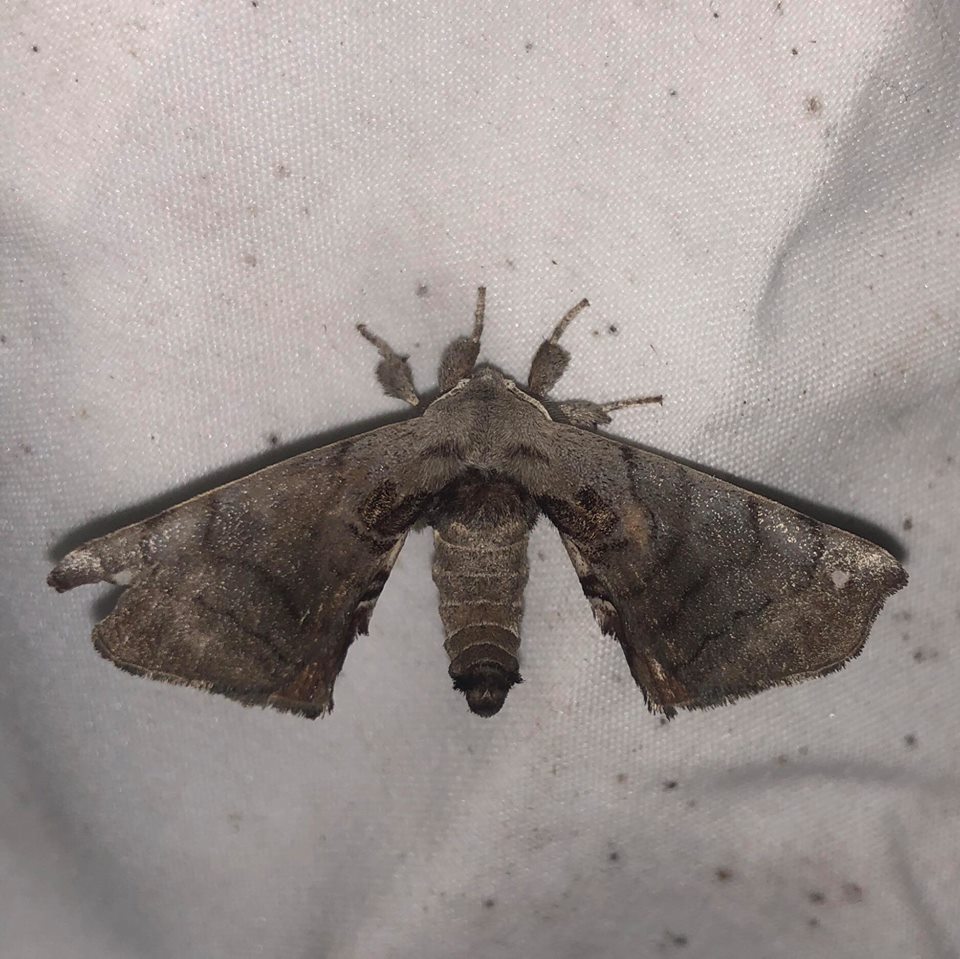
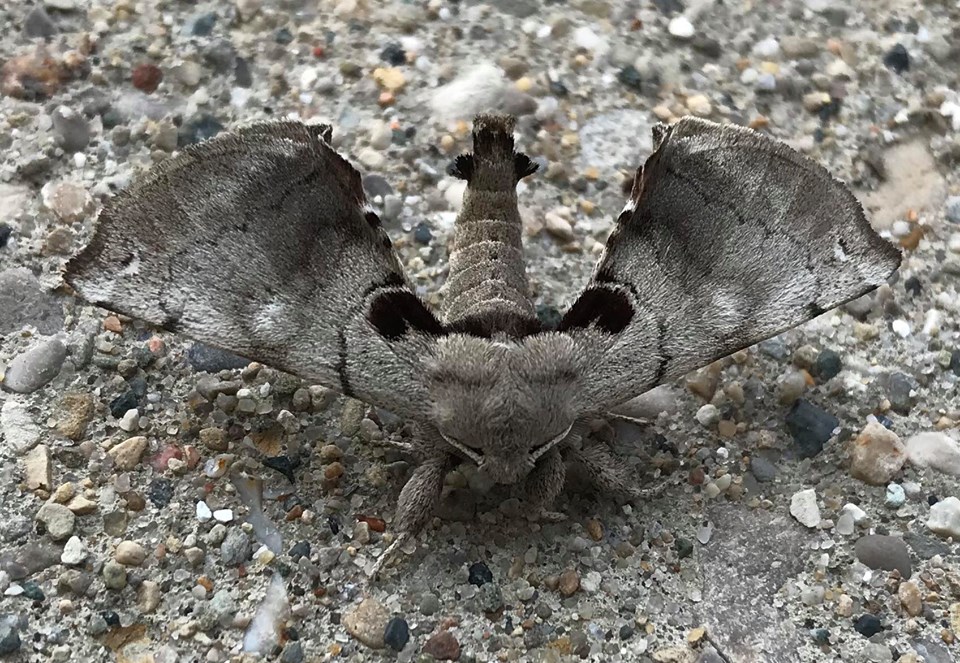
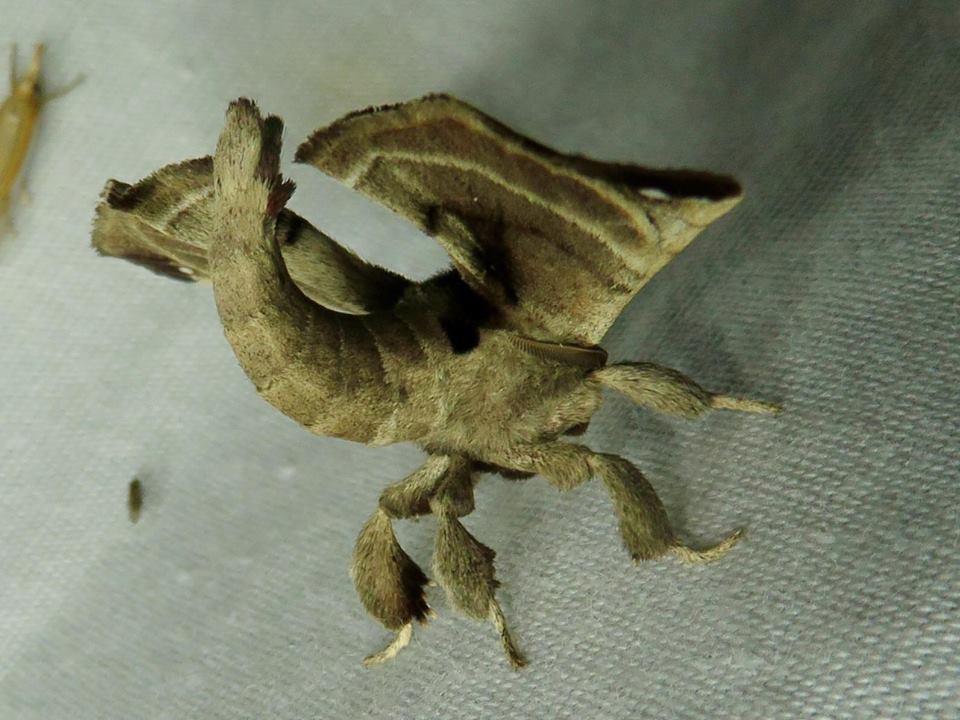
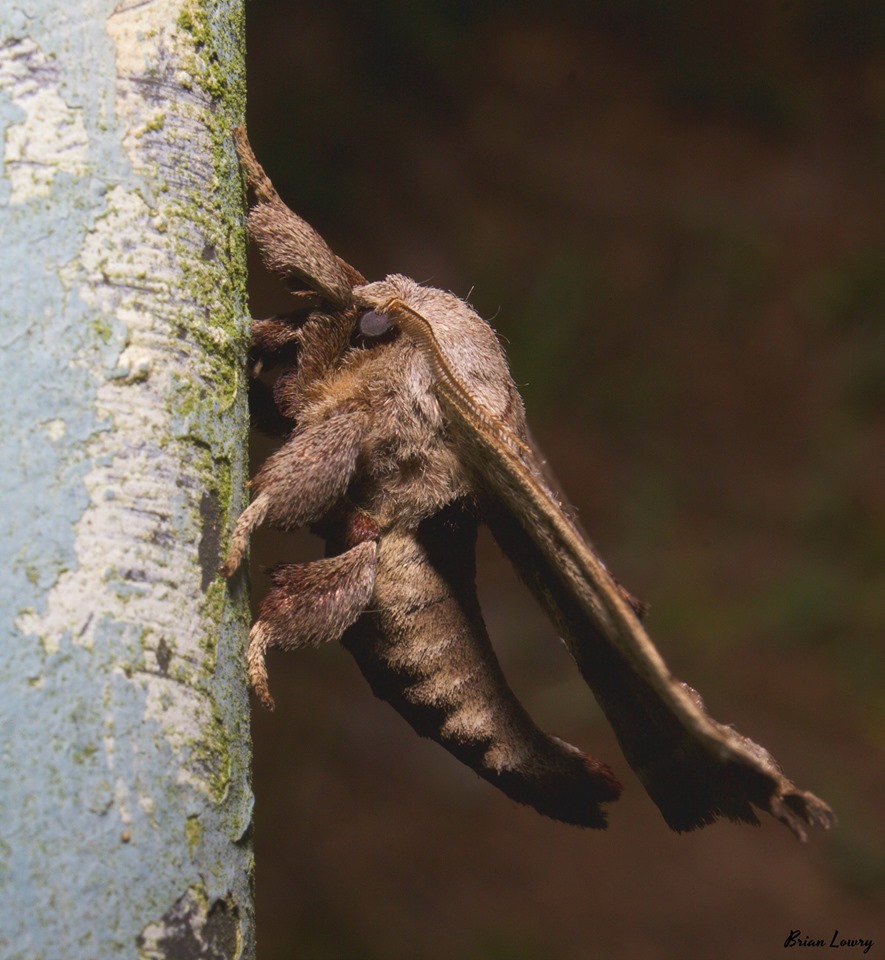
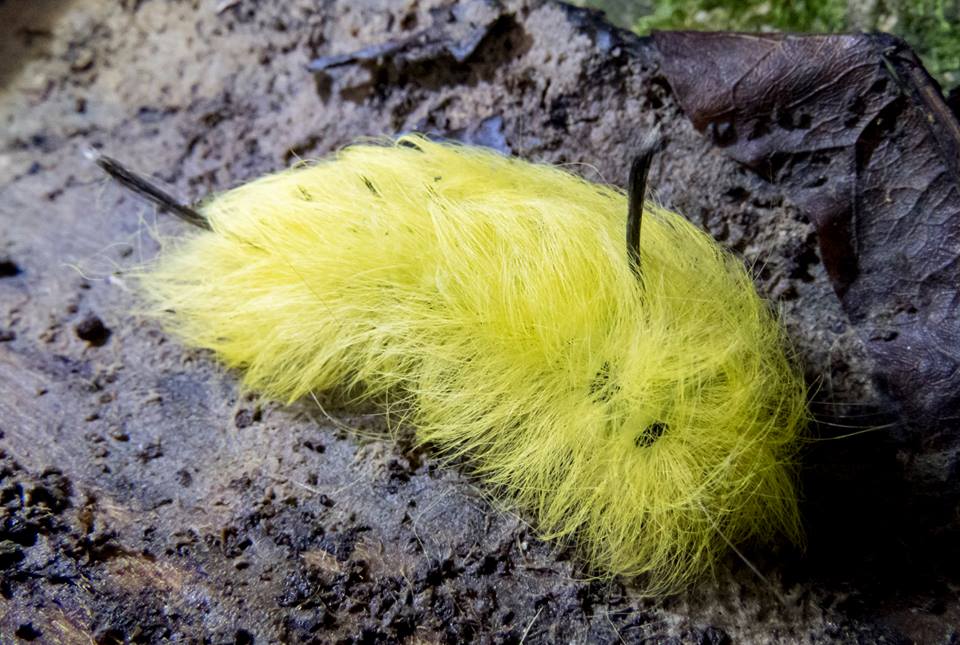
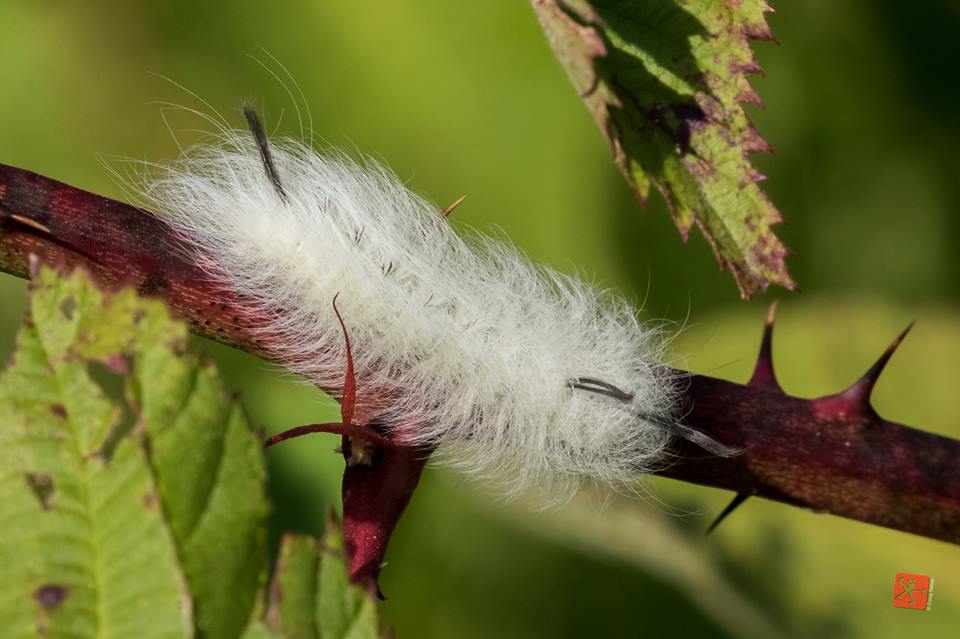
Apatelodes: Combines the older genus Apatela once used for the Dagger moths and the Greek odes, for “resembling.”
Torrefacta: Possibly from the Latin torre meaning “ to burn or char,” and facta, “the act of;” perhaps in reference to skin irritation caused by contact with the caterpillars that is said to occur with some people.
uh-pat-uh-loh-deez tor-uh-fak-tuh







This map illustrates documented North American records of Apatelodes torrefacta as of 25 August 2022.
 Documented record(s)
Documented record(s)Although their populations are considered secure, polyphemus moths overwinter as pupae, often in leaf litter. At least one source indicates the common autumn practice of raking and discarding leaves must result in widespread loss of polyphemus pupae (Bouseman & Sternburg 2002).
 5: Secure
5: Secure  NR: Not ranked
NR: Not ranked
Apatelodes torrefacta caterpillars are fairly generalistic feeders who are able to utilize a variety of flora, particularly the foliage of native trees. Adult moths do not feed.
| Known Larval Food Sources in Indiana | ||
| Family | Taxonomic Name | Common Name |
|---|---|---|
| Order: Aquifoliales | ||
| Aquifoliaceae | Ilex spp. | hollies |
| Order: Asterales | ||
| Asteraceae | Arctium spp. | burdocks |
| Order: Dipsicales | ||
| Adoxaceae | Viburnum spp. | viburnums |
| Order: Ericales | ||
| Ericaceae | Rhododendron spp. | azaleas and rhododendrons |
| Order: Fabales | ||
| Fabaceae | Strophostyles spp. | wild beans |
| Order: Fagales | ||
| Betulaceae | Alnus spp. | alders |
| Carpinus caroliniana | musclewood, aka blue beech | |
| Corylus americana | American hazelnut | |
| Fagaceae | Quercus spp. | oaks |
| Juglandaceae | Carya spp. | hickories |
| Juglans spp. | black walnut and butternut | |
| Order: Lamiales | ||
| Oleaceae | Fraxinus spp. | ashes |
| Order: Laurales | ||
| Lauraceae | Sassafras albidum | sassafras |
| Order: Magnoliales | ||
| Annonaceae | Asimina triloba | pawpaw |
| Order: Rosales | ||
| Rosaceae | Prunus spp. | cherries |
| Rubus spp. | blackberries, dewberries, and raspberries | |
| Order: Salicales | ||
| Salicaceae | Salix spp. | willows |
| Order: Sapindales | ||
| Aceraceae | Acer spp. | maples |
| Order: Saxifragales | ||
| Hamamelidaceae | Hamamelis spp. | witch hazels |
The map, graph(s), and data below represent the Indiana sightings of Apatelodes torrefacta as of 30 March 2025, confirmed through photographic evidence by individuals who contributed to the Great American IN Nature Lepidoptera Project (GAIN LP).
Counties recorded:
45 of 92
Top counties/#of records:
Brown: 18
Monroe: 13
Hamilton: 9
Jefferson: 9
Scott: 8
Owen: 6
Marion: 6
 GAIN LP documented in county
GAIN LP documented in county
The images and records below were all submitted by individuals through the Great American Indiana Nature Lepidoptera Project (GAIN LP).